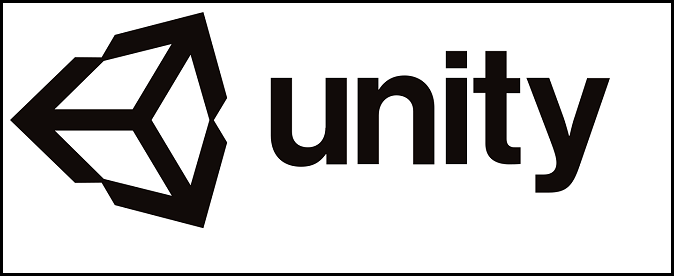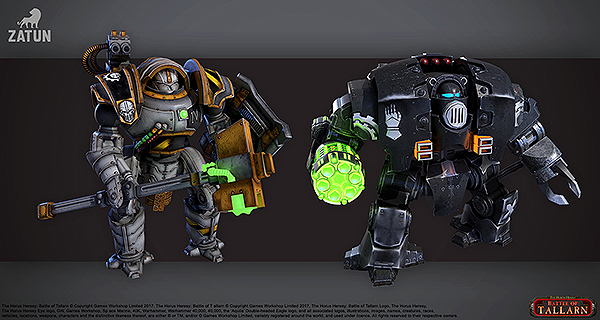Introduction to Game Development with Unity
No introduction to game development with Unity can be complete without stating an important fact: Unity is a cross-platform game development engine. That means games don’t have to be designed separately for every platform.
Games designed with Unity are suitable for more than one platform. As of 2018, Unity supports 25 platforms and more are likely to come up soon.
While that’s really impressive for Unity, there’s a lot more about the game development engine.

Unity’s first release happened in 2005 and since that it has not looked back. When it started out, it offered only paid products. The paid versions were being sold well and it went on till about ten years. Around 2016, Unity changed its approach.
From 2016, Unity began offering the free and paid subscription model. The free model is currently available to companies that make less than US$100,000 annually. Companies with bigger revenues need to purchase the model.
There are many things that Unity has excelled in
To begin with, Unity is a proven model in game development. The continued success that Unity 3D games enjoy is a strong indicator of the kind of success Unity game development has met.
The second thing that’s truly important for you to know, whether you’re a Unity 3D developer, a game developer, or just a gamer is that a lot of things in Unity are free. Yes, some assets on Unity need to be bought if you wish to use them, but a lot of things are free – just like that. Unity 3d Games are a kind of democratization of game development.

Finally, any Unity 3D developer or professional will tell you how easy it is to make game assets perform with Unity (game assets are basically the characters or objects of your game, from the protagonist to the gun to the lion). Normally it’s no small challenge to make your character run, shoot or dance.
Unity offers a safe and simple environment where you can very easily direct your assets to do something. Safety in using and directing the assets basically means the developer comes to know early on if a certain link from the code is broken or isn’t the way it should be. By easy, it means the developers can simply drag the action code (jumping, shooting, etc) on to the character and with just a few steps, the action is transferred onto the object.
The popularity of Unity mobile development is also due to its flexibility. For instance, you have a warrior who enters a castle. Even though you already have two objects, you can add further animation to the objects. It won’t break the code if you manipulate your object by adding some extra component, animation, or audio.
The huge popularity of Unity is perhaps best captured by the fact that Unity empowers even relatively smaller game design companies or individuals to design sophisticated games that were, otherwise, only possible for bigger companies. David Helgason, the co-founder CEO of Unity Technologies, correctly observed “Big companies could always make games, they would figure it out and buy technology or build it themselves,” he said, adding: “Where we really made a dent is making it so that these masses of people cannot just build games but can build games using the same tools as the big guys.”





